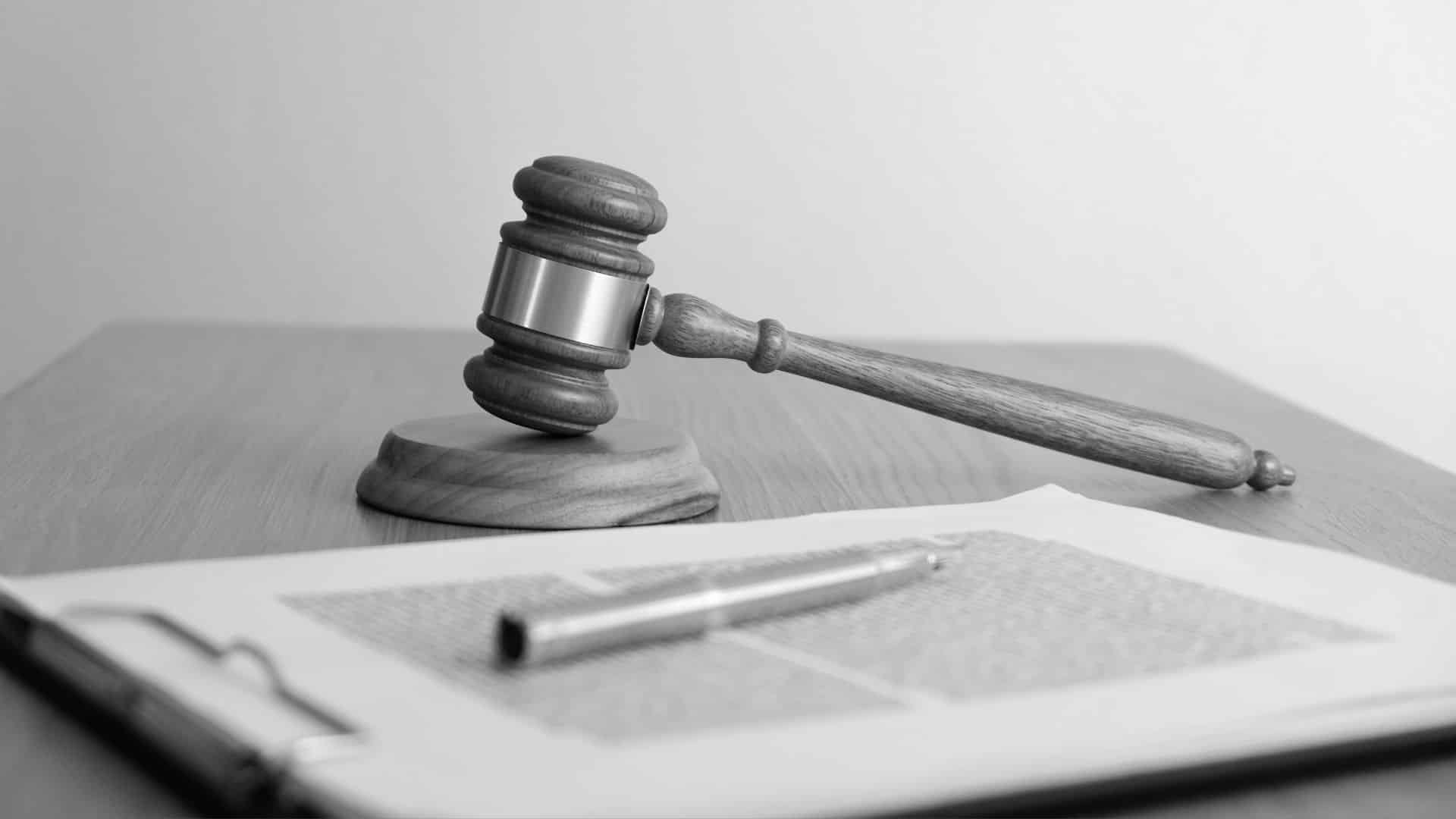We see you. And we know you’re sweating bullets every time a plaintiff’s lawyer slaps you with a Rule 30(b)(6) deposition notice. Mostly because real people have no idea what a Rule 30(b)(6) deposition notice even is – why would you?
Think of it like this: you’re being summoned to a corporate inquisition where one wrong word from your witness could tank your case… and possibly your bottom line.
But fear not! We’re here to turn that anxiety you’re feeling into profit-protecting confidence. How? With our no-nonsense guide to crushing these depositions.
Let’s break down this legal boogeyman into bite-sized, business-friendly chunks (with a nice side of snark for those who think they can outsmart us).
What Exactly Is a Rule 30(b)(6) Deposition, Anyway?
Think of it as a legal ambush. One where the plaintiff’s lawyer gets to grill your company’s designated spokesperson on specific topics.
Unlike a regular deposition, this one’s about your business as a whole – public or private corporations, partnerships, even government entities. Because of this, your witness is speaking for the entire organization, too.
That means their answers can bind you like a bad contract. Scary? Um, yeah. The rule, straight from the Federal Rules of Civil Procedure, says the noticing party (usually the plaintiff) must list topics “with reasonable particularity.” That means you pick the witness, but they better be prepped to spill everything your company knows or could reasonably dig up. No “I don’t know” cop-outs allowed – unless you want to look like you’re hiding something.
Basically, plaintiffs use Rule 30(b)(6) to dig for dirt and pin you to a story. It’s their chance to make your company squirm, hoping your witness flubs and hands them leverage.
But here’s the kicker: we’ve seen this movie before, and we know how to rewrite the ending. A well-prepared witness can shut down their fishing expedition and protect your profits.
Want to know how we do it?
The Treaty Oak Playbook: Outsmarting the Opposition
Nail the Conference
The 2020 update to Rule 30(b)(6) mandates a “good faith” conference with the plaintiff’s lawyer before or soon after the notice drops. This is your chance to narrow their overly broad topics (think “everything you’ve ever done” nonsense).
We’ll push back hard, refining the scope so your witness isn’t prepping for a PhD dissertation. No agreement? No problem. We’ll file a Rule 26(c) motion to protect you from absurd demands.
Pick the Right Witness (Hint: Not Your Intern)
You get to choose who speaks for your company, and the plaintiff can’t meddle. But don’t just grab the nearest warm body. We’ll help you select someone with relevant knowledge – or at least the ability to learn fast.
Former employees or external experts can work, too, as long as they consent and we prep them like a prizefighter. The goal? A witness who’s unflappable and authoritative.
Prep Like Your Business Depends on It (Because It Does)
Your witness doesn’t need to know everything off the bat, but they must be ready to answer fully and honestly about what’s “reasonably available” to your company. That means digging through records, talking to current or former employees, and reviewing every relevant Post-it note.
We’ll orchestrate this prep to ensure your witness doesn’t trip over their own tongue. An unprepared witness? That’s a one-way ticket to “non-appearance” status – and trust us, you don’t want to explain that to a judge.
Know the Time Rules
The plaintiff gets to put each witness on the hot seat for seven hours, not seven hours total. So, if you designate multiple witnesses… well, you do the math. We’ll strategize on whether one rockstar witness or a tag-team approach works best for your case.
Understand the Binding Effect (It’s Not a Death Sentence)
Your witness’s testimony is “binding” in the sense that it’s evidence the plaintiff can use against you. But it’s not a straitjacket. You can correct or explain later if new info surfaces or the witness mispeaks.
Just don’t try to pull a fast one with contradictory stories. Courts hate that. We’ll make sure to keep you on the right side of the line.
Handle Non-Compliance Like a Pro
If the plaintiff’s topics are a hot mess, don’t just fire off an objection letter and call it a day. That’s a rookie move, and Rule 37(d) won’t save you.
We’ll file a motion for protection to shield you from overreach. If you can’t produce a witness or they’re unprepared on a topic, the plaintiff might pounce – but we’ll have a game plan, whether it’s a strategic motion or a calculated wait-and-see approach to exploit their overconfidence.
A Few Final Pro Tips for Our Clients
- Keep Topics Tight. Work with us to propose focused topics during the conference. A short, clear list is less likely to draw objections or waste your time.
- Don’t Skimp on Prep. Invest the time to educate your witness. It’s cheaper than cleaning up a deposition disaster.
- Use Us to Isolate Weaknesses. We’ll help you pinpoint the plaintiff’s flimsy claims or defenses, using the deposition to lock them into weak positions.
- Stay Calm. The plaintiff’s lawyer will likely try to rattle your witness. Our prep sessions will make them bulletproof.
Yes, we’re lawyers – but we’re also profit-protecting partners. We know Austin’s business landscape, from tech startups to family-owned shops, and we’ve got a track record of turning legal headaches into wins.
Rule 30(b)(6) depositions are a minefield, but we’re the ones with the map. Let the plaintiffs throw their tantrums; we’ll keep your business thriving.

